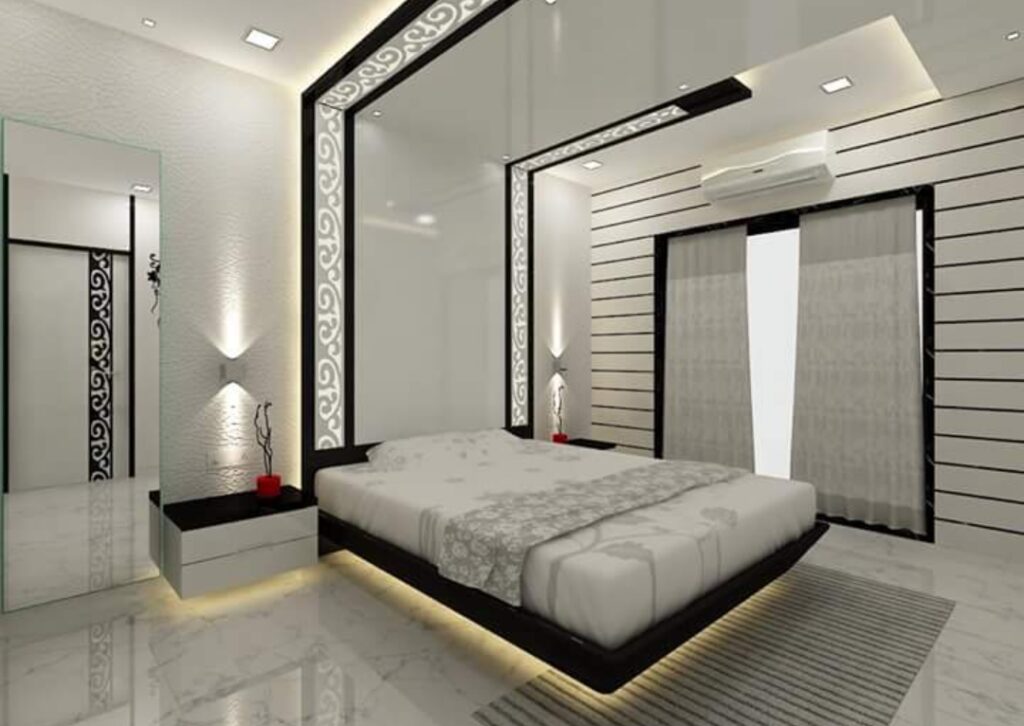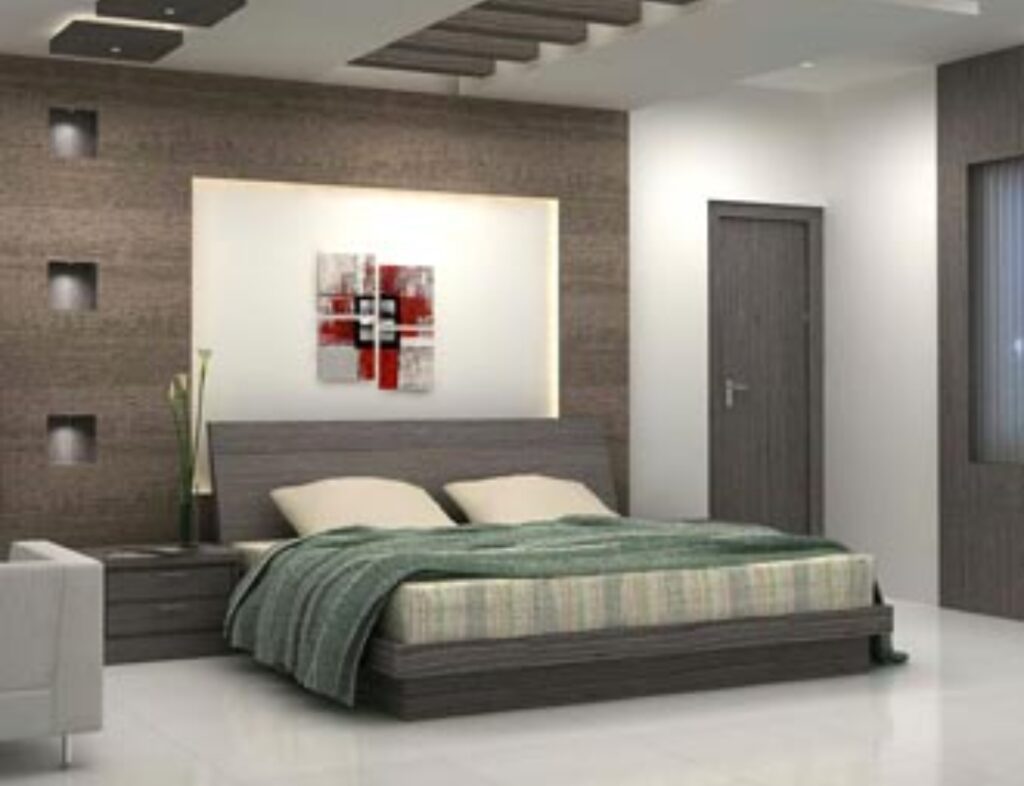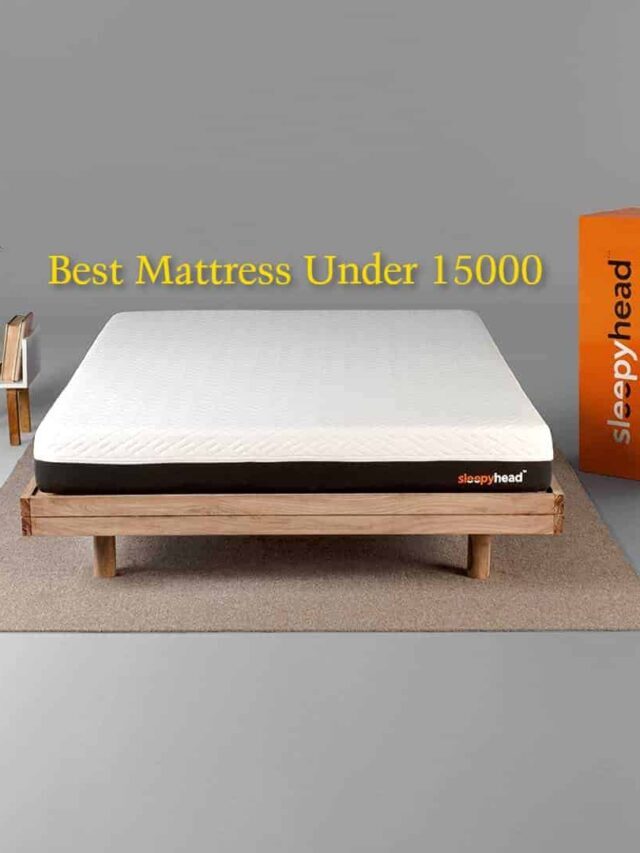PVC Wall Panels – Best Collections for your Home Decoration
PVC (Poly Vinyl Chloride or Vinyl) is a high-strength thermoplastic material that is widely utilised in a variety of applications, including pipelines, medical equipment, wire and cable insulation, and so on.
It’s the third-most-produced synthetic plastic polymer on the planet. So, what exactly is PVC? What exactly is it constructed of? What should I do with it? Get some technical details on Polyvinyl Chloride and its properties.
A Comprehensive Overview (PVC)
Contents
Intresting Facts About PVC
- PVC was first made ‘unintentionally’ in 1872 by German chemist Eugen Baumann. He exposed vinyl chloride gas sealed in a tube to sunlight and produced a white solid called PVC.
- It was not until 1913 when German chemist Friedrich Klatte received the first patent for PVC for his method for the polymerization of vinyl chloride using sunlight.
- By World War I, Germany was producing a number of flexible and rigid PVC products which were used as a replacement for corrosion-resistant metals.
What is PVC (Poly Vinyl Chloride)
Polyvinyl Chloride (PVC or Vinyl) is a cost-effective and flexible thermoplastic polymer used to make door and window profiles, pipes (Watse water & Drinking), wire and cable insulation, medical equipment, and other items in the building and construction sector. After polyethylene and polypropylene, it is the world’s third-largest thermoplastic substance by volume.
Read Also- Best 5 Fact About Ulhasnagar Furniture Market In Mumbai
PVC Full Form Hindi in Chemistry- पॉलीविनाइल क्लोराइड (पीवीसी) एक उच्च शक्ति थर्मोप्लास्टिक सामग्री है जिसका उपयोग विभिन्न प्रकार के अनुप्रयोगों में किया जाता है। पीवीसी मोनोमर विनाइल क्लोराइड के पोलीमराइजेशन द्वारा निर्मित होता है।
PVC Full Form – Poly Vinyl Chloride
Basic Form of Poly Vinyl Chloride
Flexible and Rigid polyvinyl chloride are the two main types of polyvinyl chloride. CPVC, PVC-O, and PVC-M are examples of other kinds.
- Plasticized or Flexible PVC
- Unplasticized or Rigid PVC
- Chlorinated Polyvinyl Chloride or perchlorovinyl
- Molecular Oriented PVC or PVC-O
- Modified PVC or PVC-M
Rigid PVC
Pros
- High stiffness at a low cost
- FDA certified and intrinsically flame retardant, as well as transparent applications
- Chemical resistance is superior to that of plasticized PVC.
- Electrical insulation and vapour barrier characteristics are also important.
- At room temperature, there has good dimensional stability.
Cons
- Melting is a difficult process.
- Solvent stress cracking resistance is limited.
- When not changed with impact modifiers and/or processing aids, becomes brittle at 5°C.
- 50°C is a low continuous service temperature.
Flexible PVC
Pros
- High impact strength, low cost, and flexibility
- UV, acids, alkalis, oils, and caustic inorganic compounds are all well tolerated.
- Insulation qualities that are good
- The performance profile is non-flammable and versatile.
- It’s easier to work with than PVC that’s rigid.
Cons
- Plasticizer migration can cause properties to vary over time.
- Some grades swelled or attacked by chlorinated and aromatic hydrocarbons, esters,etc..
- At high temperatures, it has a tendency to deteriorate.
- Some plasticizers make it unsuitable for food contact.
- Chemical resistance is lower than rigid PVC.
Manufacturing Process of PVC

In a cracking unit, vinyl chloride monomer (VCM) is made by chlorinating ethylene and then pyrolyzing the resultant ethylene dichloride (EDC). Vinyl chloride monomer is polymerized to form PVC (glass transition temperature: 70-80°C) (VCM).
Read Also- Best 5 Fact About Panchkuian Furniture Market In Delhi
The following are some of the most common commercial PVC manufacturing methods:
- Suspension PVC (S-PVC)
- Bulk or Emulsion (E-PVC)
PVC Resin’s Most Important Applications
PVC is one of the most important thermoplastics in the world today from a commercial standpoint. PVC that is rigid (unplasticized) is one of the most extensively used plastics. Construction, residential, packaging, automotive, medical, toys, clothes, and wires & cables are some of the most common uses for both rigid and flexible PVC.

PVC Wall Panels

PVC Wall Paneling is made from high-grade PVC that has been tested for numerous quality factors before being used. PVC wall panels are an excellent choice for interior wall coverings.
Read Also- Top 20 Best Kitchen Furniture Online In India
They’re fantastic for covering an unsightly, difficult-to-cover wall, ceiling, or any other surface. In the home, such as the living room, bedroom, kitchen room, TV background, feature walls and ceiling; in the office, such as the company logo wall, meeting room, lobby backdrop, reception desk front function room; and in restaurants, cafes, cinemas, and nightclubs, such as the company logo wall, meeting room, lobby backdrop, reception desk front function room. Aside from generating an eye-catching visual effect on the wall.
Read Also- Top 10 Best Circle Gaming Chair In India
Types of PVC Wall Panels for Interior Decorations
PVC wall panels are a popular environmentally friendly product because of their various features such as impact resistance, durability, and flexibility. These are light-weight panels that are cheaply available on the market.
PVC Sheets

These are PVC sheets with a PVC longitudinal grid sandwiched between them. This grid gives the sheet strength while also making it lightweight, which is why it’s also known as light weight panels.
Read Also- Top 15 Best Commode Chair In India
Water cannot travel through the connection because the edges of PVC wall panels have an interlocking system. Some patterns include grooves, which give a wall a striped appearance. The joints are barely apparent in such patterns because they blend in with the grooves.
PVC Foam Boards

PVC foaming and additive pressing are used to make PVC Foam Board. These are available in a range of thicknesses from 1mm to 20mm. When panelling a wall, we usually use a thickness of 4 mm or more.
Read Also- Best 20 Chair Cushions In India
PVC foam boards come in sizes ranging from 1.22m to 2.05m in width and 2.44m to 3.05m in length. These come in a variety of vivid colours, including white, black, yellow, red, green, blue, and others.
They come in a variety of tones, which are listed below:
1. Pattern of Wood
PVC sheets with a variety of woody textures are available to approximate the look of wood. They also have a 4-inch plank groove design on the wall that gives it a regular wooden plank look. Printing and a hot foil treatment on the surface create the wooden textures.
2. Golden Stripes
To avoid a bare look, the margins of PVC panels are coated with golden or silver lines. These sheets are commonly found in offices and commercials.
3. Solid Colours
These are simply colour sheets that we use in our bathrooms and kitchens. Colors can be achieved by using semi-transferable printing or a hot foil treatment on the surface. As a result, it can have a wide range of colours and textures.
4. Marble Texture
Some PVC sheets are hot coated with stone textures to give them a realistic appearance. These sheets are useful in bathrooms, kitchens, and toilets, among other places.
3D PVC Wall Panels

These are PVC panels with an embossing look. They create a three-dimensional effect in the wall by creating light depth. They allow you to give your room a modern and contemporary look.
Read Also- Top 10 Best Ideas For Ganpati Decoration At Home
Watch Also – पुरे रूम में PVC लगाने का खर्च
What are the Pros & Cons of PVC Wall Panels
Pros
- PVC wall panels are sturdy and long-lasting, and they won’t warp or bend over time.
- Solid wood and marble wall panels are more expensive than PVC wall panels.
- PVC wall panels, timber tubes, and ceilings can all be simply cut and trimmed, making installation of PVC wall panels, timber tubes, and ceilings a breeze.
- The PVC material is lightweight, making transportation, handling, and installation on site much easier.
- PVC panels are easy to maintain and do not require any paint, varnish, or other treatments. To keep them looking new, simply wipe them down with a moist cloth or home cleaner every now and then.
- Because these PVC panels are watertight and do not absorb water, they may keep moisture out and prevent mould and mildew formation.
- Insulation is provided by the PVC wall panels.
- PVC panels are recyclable, and you can recycle them by taking them to a plastic recycling plant.
- The PVC panels come in a variety of colours, patterns, and shapes. As a result, a designer has a lot of possibilities when it comes to designing a decorative wall surface.
- The PVC panels are surface panels that have been finished. They don’t require any additional finishing, like as painting or polishing.
Cons
- The PVC ceiling may be harmed when heated because it is comprised of plastic. As a result, keep it out of high-temperature areas like the kitchen.
- Without substantial wood panels, the PVC panel has a plastic aspect and does not look high-end.
- These are the final finished panels; take care not to hit them with a sharp item that will scratch them, as such scratches will be difficult to remove, hide, or treat.
- It can be difficult to nail/screw such boards at times. If the screw fails, the board cannot be screwed in the same hole.
Some Latest PVC Wall Panels Design for Home Decoration












Top 5 PVC Wall Panels Dealers in Patna
1. Jai Jagdambey Enterprises
- Customer Rating – 5.0/5
- Exhibition Road , Patna
- Sunday Closed
- Mob. No – 07947293105
In Patna, Jai Jagdambey Enterprises is one of the most well-known Plywood Dealers. Plywood Dealers, Door Dealers, PVC Wall Panel Dealers, PVC Door Dealers, Plywood Door Dealers, Wooden Door Dealers, Flush Door Dealers, Membrane Door Dealers, and much more are also known.
2. Neeraj Enterprises
- Mob – 07947409505
- Exhibition Road, Patna
- Customer Rating – 4.9/5
Neeraj Enterprises, based in Patna, is one of the most well-known Wall Paper Dealers. Also known as Wall Paper Dealers, Upvc Window Dealers, Aluminium Fabricators, Aluminium Composite Panel Dealers, PVC Wall Panel Dealers, PVC Door Dealers, ACP Fabricators, Hardware Dealers, and a variety of other terms.
3. Vaishnavi Interior Decor
- Customer Rating – 4.8/5
- Jagat Janani House, Kadamkuan,
- Patna – 800003 (Near Mata Jagat Janani Mandir)
- Mob. – 07947360870
4. Rasik Interiors
- Shop No.-16, Jagdish Lok Appartment
- West Boring Canal Road, Boring Road, Patna – 800001 (Near B P Petrol Pump)
- Customer Rating – 5.0/5
- Mob. – 9334165051
5. Anshika Interior
- Surya Bhawan, Lohiya Path, Jagdeopath,
- Bailey Raod, B V College, Patna – 800014
- Mob. – 7759926766
- Customer Rating – 4.9/5
FAQs
How much does a PVC wall panels cost?
| Min Price | Max Price | |
|---|---|---|
| Rs 19/Feet | Rs 160/Feet | |
| Rs 180/Piece | Rs 1500/Piece | |
| Rs 40/Square Feet | Rs 100/Square Feet |
Is PVC wall panels safe?
PVC materials are made with chlorine, and some residues of the poisonous chlorine gas may be discharged into the air over time. Furthermore, because PVC is exceedingly poisonous when burned, it should not be used in places such as kitchens.
How long do PVC wall panels last?
PVC wall panels are sturdy and long-lasting, and they can withstand years of use without warping or bending. PVC wall panels are less expensive than solid wood and marble wall panels. PVC wall panels are straightforward to cut and trim, making PVC wall panels, timber tubes, and ceilings simple to install.
Is PVC panel waterproof?
PVC wall and ceiling panels are constructed of a water-resistant substance, making them extremely durable. The PVC panels are ideal for coating the ceilings and walls of wet, moisture-prone locations such as bathrooms, basements, and garages.
What are the disadvantages of PVC panels?
- These are the final finished panels; take care not to hit them with a sharp item that will scratch them, as such scratches will be difficult to remove, hide, or treat.
- It can be difficult to nail/screw such boards at times.
Which is better PVC or paint?
PVC panels are extremely durable and will not warp or bend over time. In terms of longevity, they outperform not only paints but also other walling alternatives. These panels are also less prone to wear and tear, demanding relatively minimal upkeep.
Why PVC is Bad?
PVC contains potentially harmful chemical additions such as phthalates, lead, cadmium, and/or organotins, which can harm your child’s health. Over time, these harmful compounds can seep out or evaporate into the air, putting youngsters in danger.
Can you put PVC panels over tiles?
Yes, you can cover your current tiles with wall panels. While tiles are water-resistant, panels with a PVC finish or laminate coating are entirely water-resistant. This also prevents condensation from forming on your walls, which can lead to mould and fungus.
What is difference between PVC and uPVC?
The only difference between PVC and uPVC is that PVC contains BPA and phthalates, two plasticizers that make the material more flexible. The “u” in uPVC stands for “unplasticized,” and uPVC is commonly referred to as hard plastic since it lacks these added elements.
Conclusion
PVC is used in the manufacture of hundreds of products that customers come into contact with on a daily basis, as well as many more that are less common but nevertheless vital in construction, electronics, healthcare, and other industries.
Because of its inexpensive cost and acceptable physical and mechanical qualities, PVC is employed in several applications. It may be made into a variety of stiff and flexible goods with ease.
PVC is also flame resistant by nature. Alternative materials and procedures for PVC materials are sometimes available, however they are inefficient or have large substitution costs.
Thanks for Reading….













